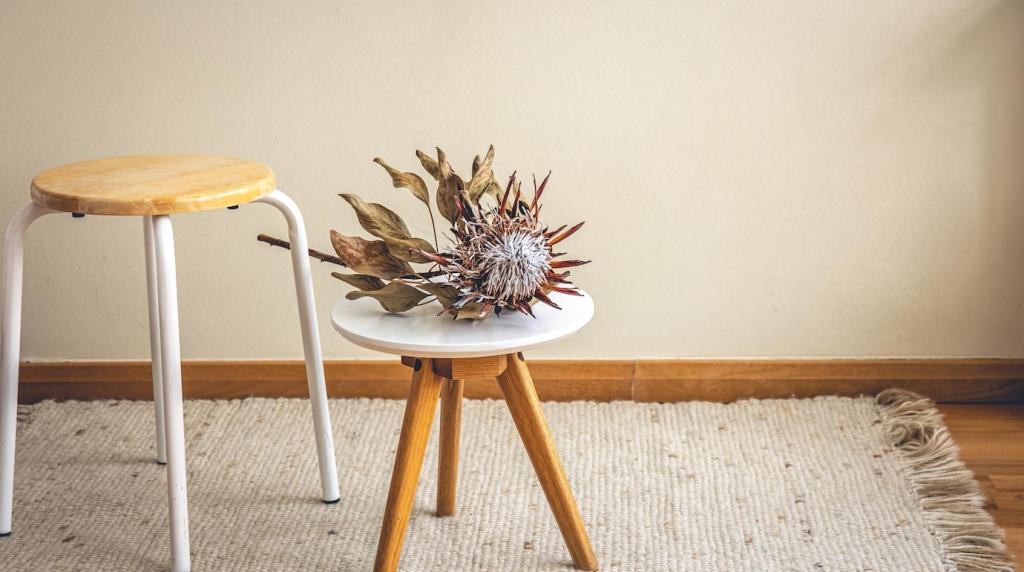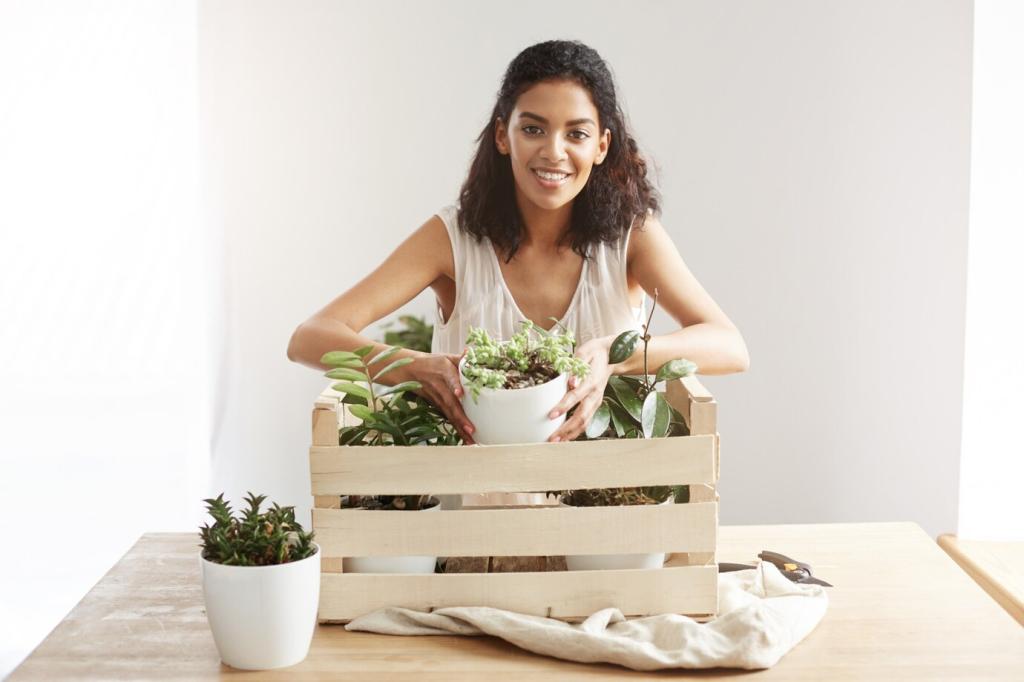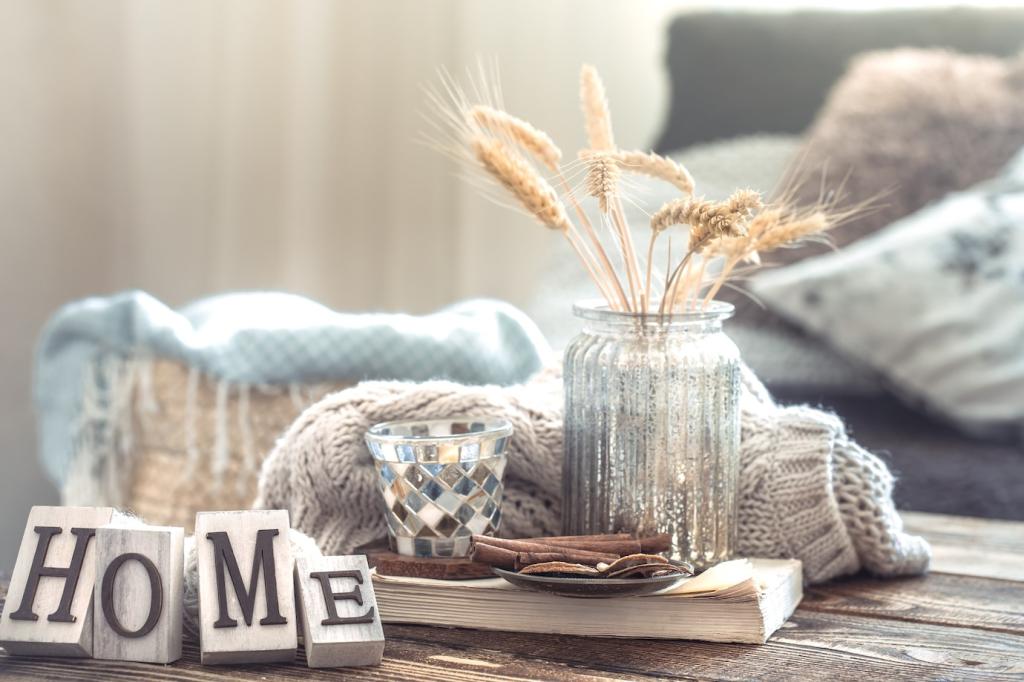Why Upcycling Redefines Home Comfort
When we reimagine a scratched table or dented cabinet, we do more than save money; we rescue embedded craftsmanship. Picture an old oak desk turned into a calm, pared‑back entry console, saving timber from landfill and adding soulful, lived‑in warmth.
Why Upcycling Redefines Home Comfort
Choosing upcycled furniture avoids energy‑heavy manufacturing, reduces demand for fresh timber and foam, and cuts packaging waste. Fewer deliveries, more local repairs, and longer product lifespans add up. Subscribe for practical checklists to measure your personal footprint reductions at home.
Why Upcycling Redefines Home Comfort
Our neighbor rescued a sagging mid‑century sofa from a curb, retied the springs, and reupholstered it in breathable wool. Now friends ask about its story before they even sit. That conversation magnet is proof that sustainability can feel deeply personal—and irresistibly cozy.
Why Upcycling Redefines Home Comfort
Lorem ipsum dolor sit amet, consectetur adipiscing elit. Ut elit tellus, luctus nec ullamcorper mattis, pulvinar dapibus leo.








